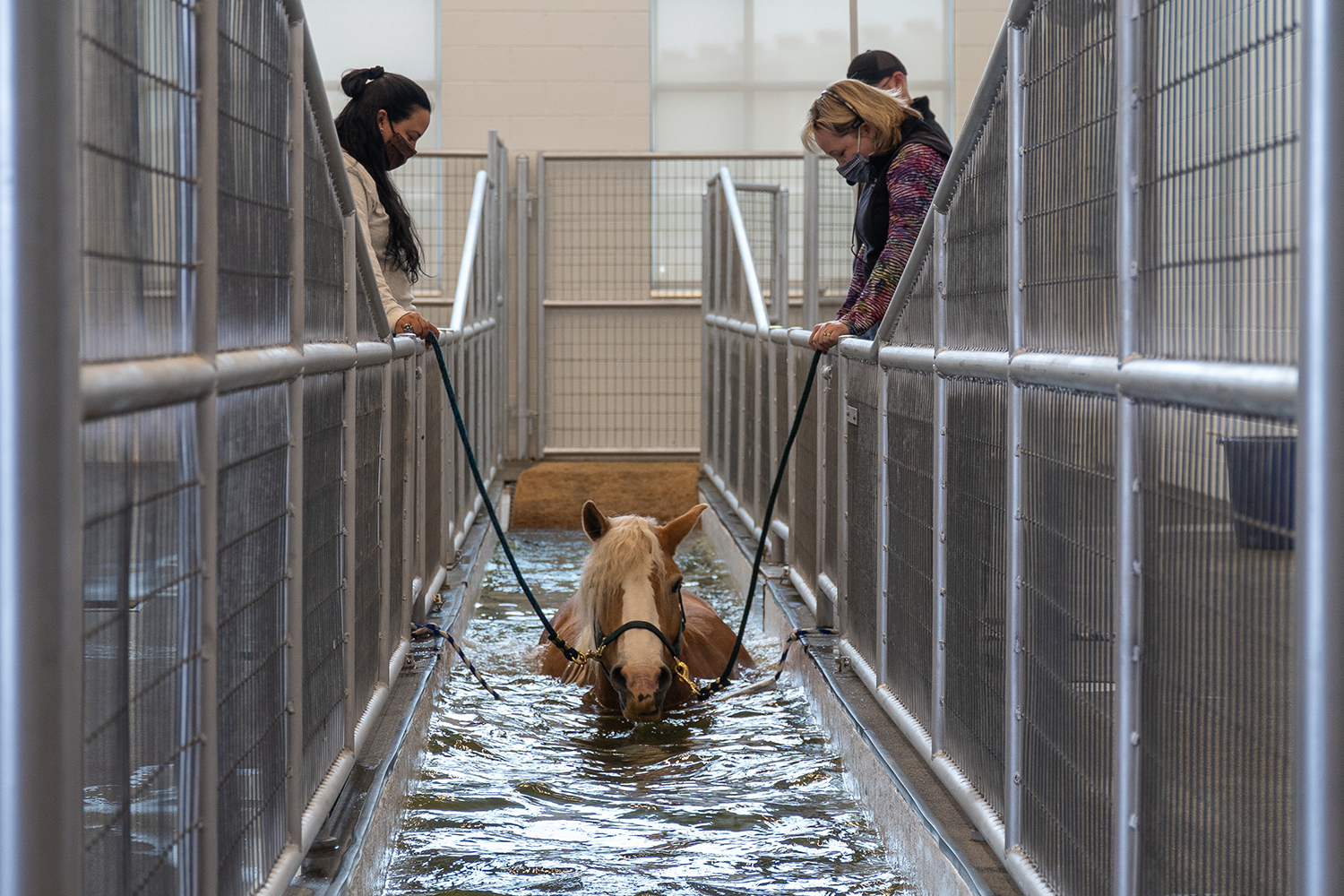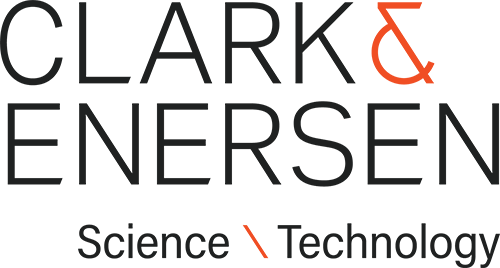
Vida Behind-the-Scenes: A Look at What it Takes to Design a First-of-its-Kind Facility
Partnerships and a vision for a new type of health and learning environment result in Vida, a groundbreaking facility on Colorado State University’s new open-to-the-public Spur Campus.
Designing a first-of-its-kind facility is certainly a challenge, and a risk, but it is also an opportunity to create something meaningful that can change the future for the better. In the case of Vida on the Colorado State University (CSU) Spur campus in Denver, a fully-formed vision, intense collaboration, and a dedication to quality were all required to bring the project to life.
Why Vida?
Vida is Spanish for ‘life,’ which is a fitting name for a facility that will be teeming with life year-round. This state-of-the-art facility highlights the connection between animal and human health, but perhaps more than that, it is a public destination that is open year-round and invites visitors of all ages to experience the various programs, exhibits, activities, and art installations it has to offer. But before Vida became a reality, there was an initial idea and a need to be filled.
In 2015, CSU began offering equine-assisted services (EAS) at the Adams Atkinson Arena in Fort Collins, Colorado. The program was created to support physical, occupational, and speed therapy; mental health counseling; adaptive horsemanship and therapeutic riding; and equine-facilitated learning. The university then selected Clark & Enersen, a full-service architecture, engineering, and landscape architecture firm with an office in Fort Collins, to design the Temple Grandin Equine Center (TGEC), located nearby the arena on CSU’s Foothills Campus in Fort Collins. The new facility increased the program’s capacity significantly and showed that there were other opportunities for growth.
In addition to the new TGEC facility, CSU had been operating a temporary site in Denver that hosted roughly 1,500 therapy sessions annually, but the program was in need of a permanent location in order to meet the rising demand for EAS-related sessions. Cue Vida, a three-story, 118,000-square-foot facility that would expand that capacity to roughly 7,500 sessions per year in the Denver area alone. This building would not only serve as an extension of the TGEC activities but also be home to several other programs that make Vida a world-class facility.
“CSU Spur’s Vida building has the goal of educating young visitors about careers in health, and we were interested in offering collaborative spaces that leveraged CSU’s unique skills in equine veterinary care, while partnering with organizations like the Dumb Friends League to train students and provide veterinary care to families,” said Jocelyn Hittle, assistant vice chancellor of CSU Spur. “Our collaboration with Clark & Enersen allowed for creative solutions to the challenges of meeting these diverse goals in one space.”
A Highly-Collaborative Design Process Fosters Strong Partnerships
Clark & Enersen first began working with Colorado State University in 2016. The initial project resulted in the C. Wayne McIlwraith Translational Medicine Institute for the CSU’s College of Veterinary Medicine and Biomedical Sciences. The success of that project led to additional projects on the campus, including the Johnson Family Equine Center, a study for the Veterinary Health Complex, and a master plan for the College of Engineering. When it was time to begin the design process for Vida, the partnership continued as CSU selected Clark & Enersen to lead the effort.
Throughout the process, there was an emphasis on collaboration. Vida presented the team with several unique challenges as it was to be the first of three buildings to open on the brand-new CSU Spur campus at the National Western Center in Denver. As the flagship, it would need to be clear in its mission and purpose. Secondly, it would require several distinct but flexible spaces that could support the ever-changing programs desired for the facility.
“From the very earliest stages of design, Clark & Enersen worked closely with stakeholders representing each area of the building. We focused specifically on outcomes that the project should achieve and how those outcomes could be beneficial for education, health, and sustainability in ways that would be very impactful for visitors of all ages and backgrounds,” said Architect Hadley Stolte, AIA, NCARB, who was Clark & Enersen’s project manager and lead design architect for Vida.
“It’s quite a challenge to implement such a unique project where much of the building is truly one-of-a-kind. The dedication of Colorado State University, Temple Grandin Equine Center, the Dumb Friends League, and all stakeholders to review each area of the building in a space-by-space, 3D digital format allowed everyone to visualize the design as it evolved. A truly transparent process and hard work from all involved gave us the path forward to bring this project to life.”
Clark & Enersen took a holistic approach to the design of Vida, providing architecture, interior design, landscape architecture, engineering, and construction administration services. This allowed for the integration of architecture, interiors, site design, and systems, which was particularly important for a facility that hosts so many different programs. In many ways, the process was an exercise in balance that required in-depth planning and thoughtful design.
Through strong communication and collaboration, CSU and Clark & Enersen were able to design a facility that supports EAS activities as well as onsite equine medical and rehabilitation services; a donor-subsidized Dumb Friends League veterinary hospital that features veterinarians providing healthcare services to dogs and cats; and spaces that encourage visitors to experience what it would be like to work as a veterinarian, veterinary technician, animal behavioral specialist, or wildlife biologist.
With these programs open to public viewing and participation, sightlines and wayfinding were also key considerations, which led to the abundant use of glass. But perhaps most importantly, the design of Vida resulted in a facility that not only allows those within it to provide first-class care for animals and humans, but also one that offers unique, potentially life-changing experiences for visitors of all ages.
Looking Toward the Future
At the time of this writing, Vida has only been open for a short time, but its immediate impact in the local community and beyond cannot be understated. Programs are in full swing; thousands of visitors have already walked through the doors; and beautiful art installations throughout the facility reflect Vida’s clear mission. As time goes on, the flexibility that is inherent in Vida’s design will allow for even more unique experiences in the future, as technology and the ways people learn continue to evolve.
“The CSU Spur team is thrilled to now welcome visitors through our doors, and to see the designs we were looking at on paper, come to life,” said Hittle. “We’ve been inspired by seeing kids and families engaging in the space in the way we envisioned – and we’re looking ahead to the impact that the Vida building can have on young people in the years to come.”
*Photo courtesy of CSU Spur
